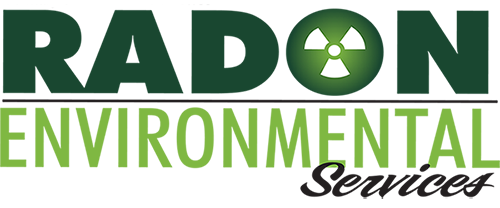celebrating 33 years of service
with 33 facts about radon & our business
There is so much that we know about radon, its properties, and the effects that it can have. We have been happy to share our knowledge with our customers and clients over the last 33 years in business. Our team takes pride in educating those in Northwest Ohio and Southeast Michigan about radon and the impact it can have if it is not properly tested and mitigated. Here are 33 facts about radon and our business as a way to educate and celebrate our 33 years of service.
- The atomic number of radon is 86.
- The primary source of radon is uranium in soils and rocks and in groundwater. Over time uranium decays into radium, which then decays directly into radon.
- Because radon is a gas and chemically unreactive with most materials, it moves easily through very small spaces, such as those between particles of soil and rock.
- During the decay process, radiation is released in the form of alpha particles, beta particles, and gamma rays.
- The time required for a radioactive substance to lose 50 percent of its radioactivity by decay is known as the half-life. Radon’s half life is 3.8 days.
- Radon is odorless.
- Radon is colorless.
- Radon is tasteless.
- Radon is a known carcinogen.
- Radon is the leading cause of lung cancer among non-smokers.
- Smoking and radon gas is exponentially worse.
- Approximately 21,000 deaths from radon induced lung cancer occur each year according to the EPA.
- There are no immediate symptoms.
- The EPA action level is 4.0 pCi/l.
- Recent research at James Cancer Hospital Solove Research Institute shows that the radon level in your home should be not more than 2.7 pCi/l.
- National average indoor radon level is 1.3 pCi/l.
- Radon is measured in picocuries per liter of air.
- The only way to know if you have an elevated radon level above the EPA action level of 4.0 pCi/L is to test your home’s indoor air.
- Any home type can have elevated radon. Even buildings such as schools and commercial buildings can have elevated levels.
- Radon in your home can be fixed.
- Radon Mitigation also improves air quality in the home by removing other typical soil gases such as methane, hydrocarbons, pesticides, other volatile organic compounds (VOCs), even water vapor.
- All of the US counties are zoned on a scale of potential levels. Zone 1 – High Potential , Zone 2 – Moderate Potential, and Zone 3 – Low Potential.
- All of Ohio is in either a Zone 1 or Zone 2.
- The Ohio Health department requires radon workers to be licensed as a radon tester, or radon specialist, and companies that install systems with employees are required to have a Radon Contractors license.
- It is required by Ohio state law for home sellers to disclose known radon levels.
- Testing is not mandated, and no testing or disclosure is required for renters, thus it is up to individual residents to test and mitigate to reduce lung cancer risk.
- Radon Environmental Services was started by James Mann (RS28) in 1988 as a sister company in Indiana.
- Radon Environmental Services is a family owned and operated business with the next generation Erinn Wilson (RT309) and J. Peter Mann (RS386) now operating it.
- Our team has preformed over 8,000 radon tests.
- We have installed 7,600 plus mitigation systems.
- Radon Environmental Services is the oldest radon company in Northwest Ohio.
- Our main offices are in Toledo and we have a testing office in Vermillion, Ohio that services Cleveland and surrounding areas.
- We look forward to continuing to serve the public health for the next 33 years.

